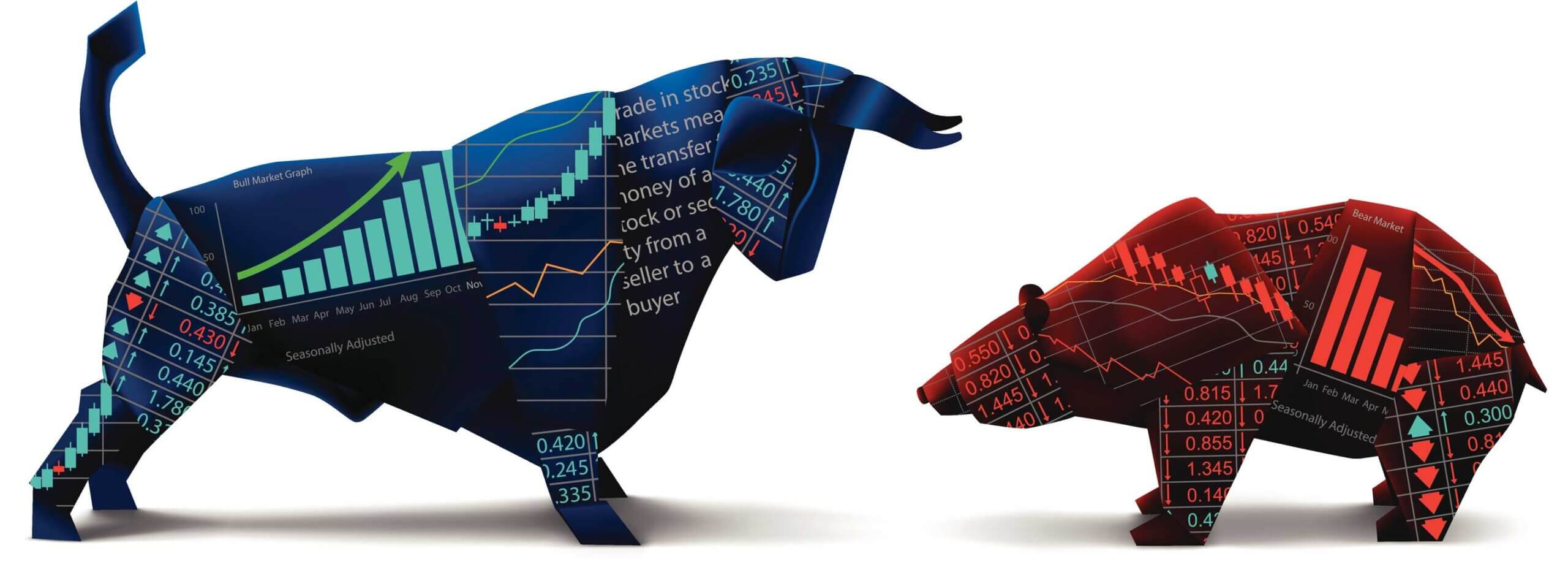Crypto’s wild swings aren’t just numbers—they’re emotional battlegrounds where greed and fear collide fiercely. Can you outsmart the market’s mood?
Anyone dipping their toes into cryptocurrency soon learns the market plays games with emotions. You hear terms like bull markets and bear markets tossed around as if they’re weather reports for financial storms. Understanding these cycles isn’t just helpful, it’s crucial for surviving crypto’s wild swings. This article breaks down what a bull market and bear market are, how investor feelings change, plus key signs and strategies designed for the crypto world’s unique volatility.
“Bull and bear markets are not just market conditions; they mirror investor psychology, reflecting hope on one end and despair on the other.” – Chainalysis
What Is a Bull Market?
Simply put, a bull market is the money-maker. Prices rise, usually by 20% or more, often linked to optimism, confidence, and high expectations. In crypto, that means coins like Bitcoin or Ethereum gain rapidly. Investors believe the good times will roll on, so buying frenzies start. Typically, bull markets are fueled by strong demand, favorable news, and bullish sentiments on the market’s future.
The blockchain industry, known for tech innovation, often triggers rallies during bull cycles. Positive shifts like improved technology, regulatory clarity, or increasing adoption ignite fresh interest.
“Bull markets are powered by narrative and adoption, showing that people are ready to buy into the technology, despite its risks.” – CoinDesk
And What about a Bear Market?
Now, the bear market is the opposite nightmare for hopeful investors. Prices fall by 20% or more, sometimes dropping sharply. It reflects fear, pessimism, and widespread selling. Confidence evaporates, and investors rush for the exits, often in panic.
Crypto bear markets can be brutal. Since blockchain assets are volatile by nature, downturns often exaggerate market losses. Negative news like hacks, regulation crackdowns, or global economic issues exacerbate the decline.
“Bear markets shake out weak hands quickly, causing many to sell at the worst times, which then feeds the downward cycle.” – Messari
Key Indicators to Watch
You might think you can spot a bull or bear market just by price charts, but it’s more complex. Several indicators signal shifts in sentiment:
- Volume: High trading volume during price gains often confirms a bull market. Conversely, high volume in a downtrend signals fear-driven selling.
- Market breadth: How many coins are rising versus falling? Broad gains suggest bullish strength, while widespread declines indicate a bear market.
- Investor sentiment: Surveys, social media, and search trends show if optimism or fear dominates.
Investor Sentiment Shifts
Feelings rule these markets. Greed and fear are the main drivers. When the market is bullish, euphoria can lead to reckless buying. The FOMO (Fear Of Missing Out) effect kicks in, pushing prices beyond reason. On the flip side, bearish periods often bring despair, where investors dump assets in panic.
Crypto’s hype cycle magnifies these emotions. Social media buzz can escalate swings quickly. One moment, everyone’s shouting about the next big thing; the next, they’re lamenting massive losses.
Risk-Management Tactics Tailored to Crypto’s Volatility
Here’s the cold truth: crypto is not for the faint-hearted. While traditional markets might see mild cycles, crypto volatility requires sharper risk awareness. Traders often use stop-loss orders or diversify holdings to survive swings.
Blockchain-focused analytics firms emphasize understanding market signals rather than blindly following hype. Risk management in crypto means staying alert to fast changes and avoiding emotional decisions.
Remember, no tactic can eliminate risk entirely. Instead, it’s about recognizing when the bulls have left the party or when the bears might be on their way out.
For more in-depth insights, these sources offer authoritative views:
- Chainalysis – Combines blockchain data with market psychology analysis.
- CoinDesk – Leading news site covering crypto trends and market cycles.
- Messari – Provides in-depth research on market sentiment and asset movements.





